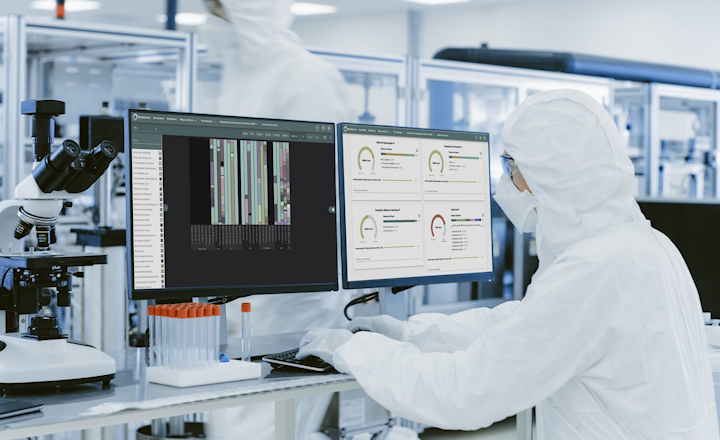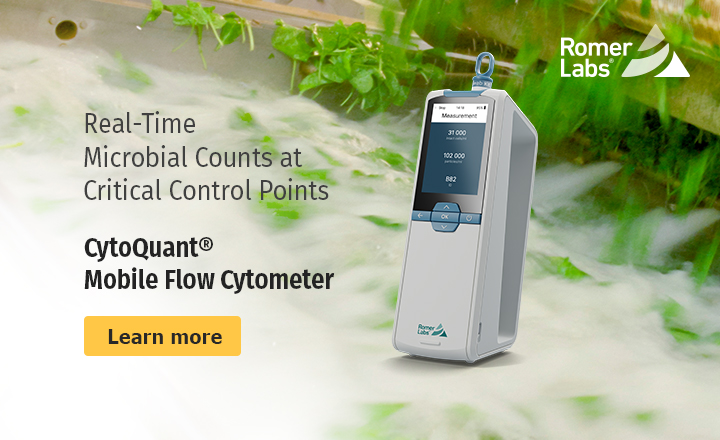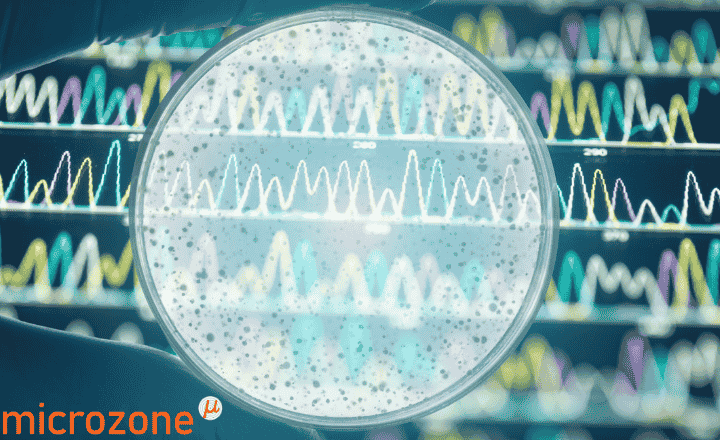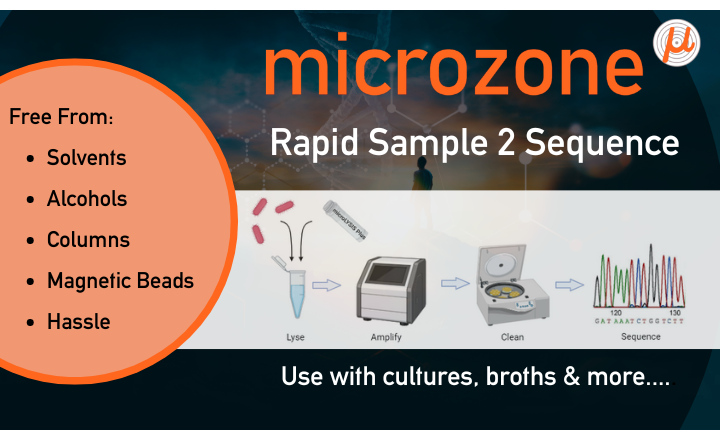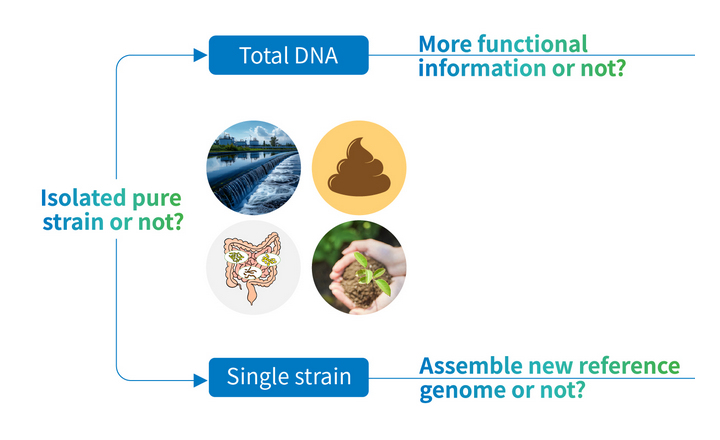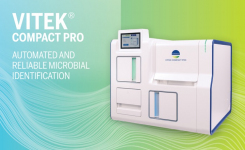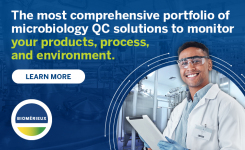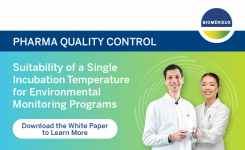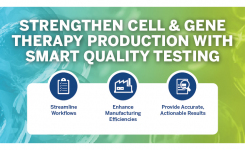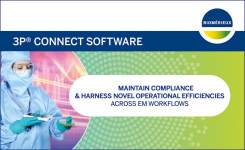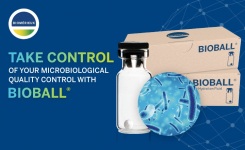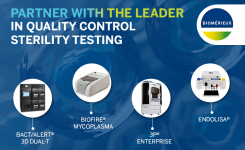In an early 2022 publication of Nature Scientific Data, 1,484 genomes from Listeria monocytogenes strains collected in 19 European countries were compiled in one dataset, providing the most accurate pangenome of the species to date. This constructed dataset establishes a basis for understanding the microbial ecology of this major pathogen of concern for the food industry and how certain genetic traits allow the pathogen to adapt to its environment.
It was only around twenty years ago that the first genome of Listeria monocytogenes strain EGDe was published in a Scientific paper following a five-year European project involving several research institutes around Europe.
The scientific knowledge and capacity in the field of genomic sequencing has been continuously developed during the last two decades.
What are the opportunities for the Food Industry?
Food safety and quality practices generate through monitoring, control, and surveillance plans, an enormous quantity of data. Currently, the true power of all this data remains to be harnessed.
In recent food contamination outbreaks, the absence of pathogens in finished product testing has been the main focus of the communication strategies of the companies involved. However, the absence of proof is never the proof of absence.
Artificial intelligence and Food Safety 4.0 is one of the emerging and promising trends to capitalize on the available data and identify weak signals at the source before they become concerning, if not out of control.
The EU2073/2005 regulation, establishing the microbiological criteria for foodstuff, has a limitation in protecting the general population: testing food at final product testing is, by design, limited and often of poor relevance in ensuring safe food production. Thousands of “non-detected” results have no meaning in the face of clinical cases. Though these limitations are indeed addressed in the regulations, implementation focusing only on microbial monitoring of finished products is unbalanced. If all stakeholders are not fully aware of the rationale behind the regulations, it becomes a performance objective for the food safety management system instead of a safeguard for consumers.
The EU178/2002 regulation, a.k.a. the European Food Law, placed the responsibility to produce safe food with the food business operator. It is therefore paramount to perform a dedicated risk analysis for each entity individually and identify, based on the hazard analysis and characterization, the necessary control measures to mitigate the risk from pathogens of concern. This risk analysis is not done once and forever. It is based a priori from the available evidence and updated regularly from the internal a posteriori evidence, i.e., the outcome of the microbial monitoring scheme. All stakeholders should be familiar with the most recent risks and be aware of their role in the mitigation.
There are numerous publications available in the scientific press about resident strains of pathogens of concern surviving for years, even decades, in the production premises or in the processing environment.
Listeria spp. for wet and chilled processing environment,
Salmonella spp. for dry and hot processing environment,
Cronobacter spp. for end-consumer population below six months – Hazard Analysis and Risk-Based Preventive Controls for Human Food: Draft Guidance for Industry (page 18), Regulation and modification.
Learn more about this article and download the pdf.



